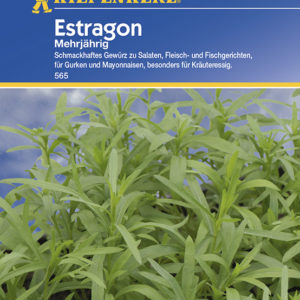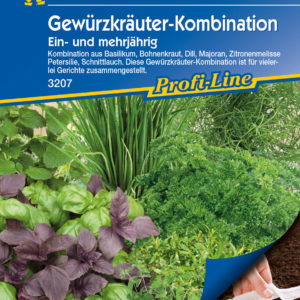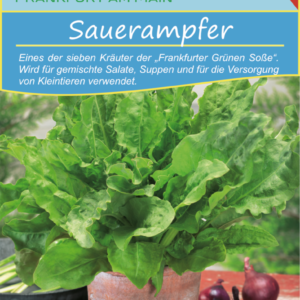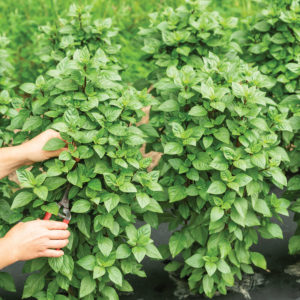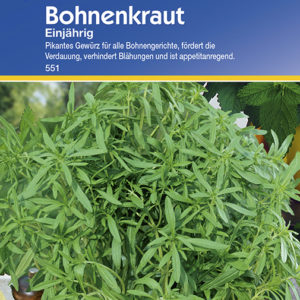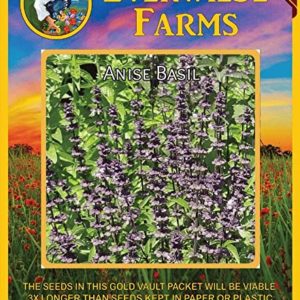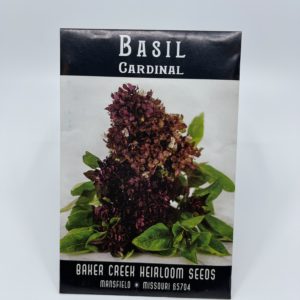ORGANIC TENDERGREEN MUSTARD
2,500 د.ك
Mustard greens originated near the Himalayan region of northern India, where they have been growing for thousands of years. Chinese, Japapese, and African cuisine also make use of this peppery vegetable. Though not particularly well known in most parts of the United States, mustard greens are a traditional part of culture in the southern region.
Sowing: Since mustard greens thrive in cool weather, they taste best when grown as an early spring or fall crop. For a spring crop, direct sow the seed in full sun and rich soil about four weeks before the last expected spring frost, and lightly rake them into the soil. Keep the rows 10-12″ apart. When the seedlings emerge, thin them to 5-6″ apart. For a continual harvest, plant more mustard every 10-14 days. For fall planting, plant the seeds in late summer or early fall about 10 weeks before the first hard frost. Climates with warmer winters may be able to grow mustard from fall to spring.
Growing: Keep the plants moist and free from weeds. A thick layer of mulch will help conserve moisture, control weeds, and keep the greens free from dirt.
Harvesting: For baby greens, pick the leaves when they reach a height of 4-5 inches; baby greens are tender and flavorful, perfect for salads. The entire plant can be harvested at any point, or individual leaves taken for a continuous harvest. Mature leaves, which tend to be stronger in flavor, often taste best when cooked. Avoid using leaves that have begun to turn yellow, as these have passed their prime. Once cut, greens keep in the refrigerator for 3-4 days. They also freeze well when blanched.
Seed Saving: When planning to save seed from mustard, keep in mind that mustard will cross with varieties of wild mustard; if this is a concern, cage the mustard to protect it. Mustard needs to overwinter before producing seed. In warmer locations, simply apply a thick layer of mulch and remove it in the early spring. In areas with very cold winters, dig up the plants and cut off half the stem; store them at 32-40 degrees F in 80-90 percent humidity until spring, when they can be replanted. Allow the plants to flower and go to seed. Remove the seed heads but cutting them off when most of the seed pods have turned brown. Spread the heads out in a dry place with good ventilation, and let them dry for several weeks. Thresh out the seeds and store them in a cool, dry place for up to 4 years.
Latin Name: Brassica juncea
Type: Open Pollinated, Cool Season
USDA Zones: 3, 4, 5, 6, 7, 8, 9, 10, 11, 12
Seeds per Ounce: 16,900
Planting Method: Direct Sow
Sunlight: Full Sun
Height: 18 Inches
Color: Green
متوفر في المخزون





